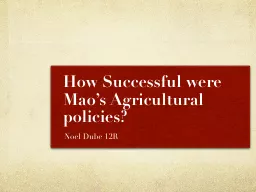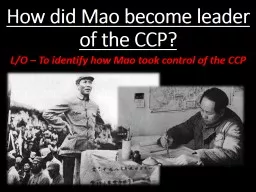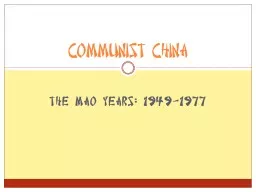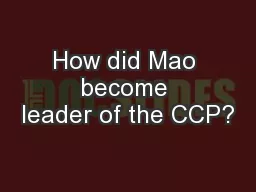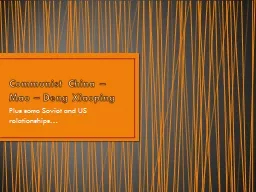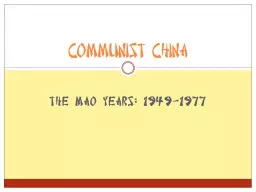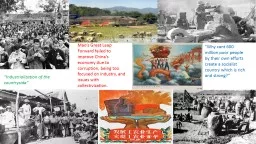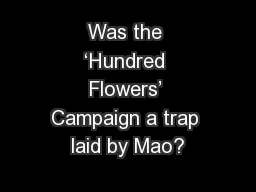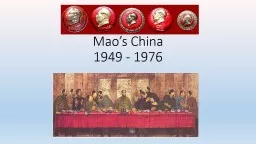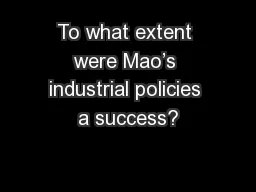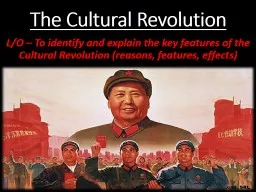PPT-How Successful were Mao’s Agricultural policies?
Author : lindy-dunigan | Published Date : 2017-04-29
Noel Dube 12R The Reform of Agriculture Land reform was a policy introduced to go along with Maos industrialization plans Not enough people working in urban areas
Presentation Embed Code
Download Presentation
Download Presentation The PPT/PDF document "How Successful were Mao’s Agricultural..." is the property of its rightful owner. Permission is granted to download and print the materials on this website for personal, non-commercial use only, and to display it on your personal computer provided you do not modify the materials and that you retain all copyright notices contained in the materials. By downloading content from our website, you accept the terms of this agreement.
How Successful were Mao’s Agricultural policies?: Transcript
Download Rules Of Document
"How Successful were Mao’s Agricultural policies?"The content belongs to its owner. You may download and print it for personal use, without modification, and keep all copyright notices. By downloading, you agree to these terms.
Related Documents

